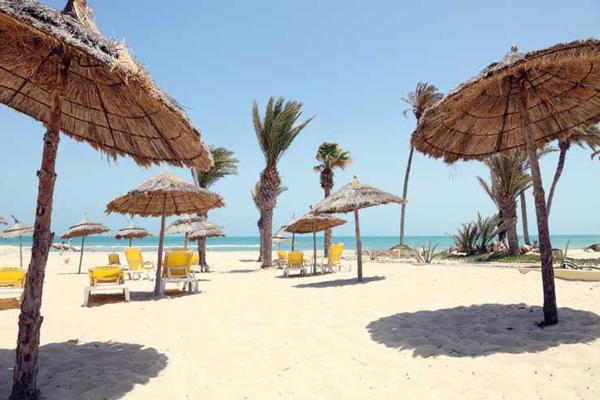The joys of a great Nordic feast
While tucking into Nordic dishes, Madeleine Barber learns more about what we can expect from the region’s culinary scene in 2018
An outcry of “I’m a passionate potato!” shifted my attention from the reindeer tongue I was about to try.
It emerged from Fia Gulliksson, creative director of The Great Nordic Feast, as she explained to a group of foodies at the tipi pop-up on London’s Southbank why she has poured her heart into the event: “We want to make the world better with food.”
Eight countries entered through the tipi doors: Denmark, Greenland, Norway, Finland, Aland, Sweden, the Faroe Islands and Iceland. Each had flown in a chef, prepped with a national recipe to share with London in a gloriously hygge setting – think soft animal-skin rugs, the oaky aroma of firetop cooking and glowing light from burning candles.
Their creations included baked Greenlandic halibut with seaweed shrimp souffle; vodka and liquorice cured salmon with pickled fennel and blueberry yoghurt; and salt-baked root celeriac with brown butter, hazelnuts and elderberries.
It’s the first time these nations have joined up in a bid to differentiate themselves from one other, explained Monica Maeland, Norway’s trade and industry minister: “We are countries with unique local products and tastes. This is why this event is important – not just to promote our great nature, but to display the diverse and delicious Nordic food.”
One destination that has been rewarded for this diversity is the Faroe Islands, which received its first Michelin star in February 2017. The restaurant, Koks, isn’t far from the windy capital of Torshavn and offers a 17-course tasting menu for £165. Its trademark style of food preparation is raest, which means “fermented” in Faroese and involves produce being air-dried by the brisk salty breezes.
For a more personal experience, visitors can attend a supper club at Anna and Oli’s home in Velbastaour, where they tuck into a three-course homemade meal from the couple’s farm.
Elsewhere, Denmark’s renowned Copenhagen restaurant Noma reopens in January with a new concept. Head chef Rene Redzepi plans to create an “urban farm” from which he will pick produce from a rooftop greenhouse and grow vegetables in a “floating field” on a nearby lake. He wants total control over the culinary process, from farm to fork.
Finland is focusing on forest food foraging in summer 2018, endorsing cooking with the likes of lilacs, violas and cornflowers, and Greenland – although most of its surface is covered by ice – has started growing vegetables in the south. This is to accompany the nation’s year-round diet of seal and whale. Me? I think I’ll stick with the reindeer tongue.
Photo: Tina Stafren















